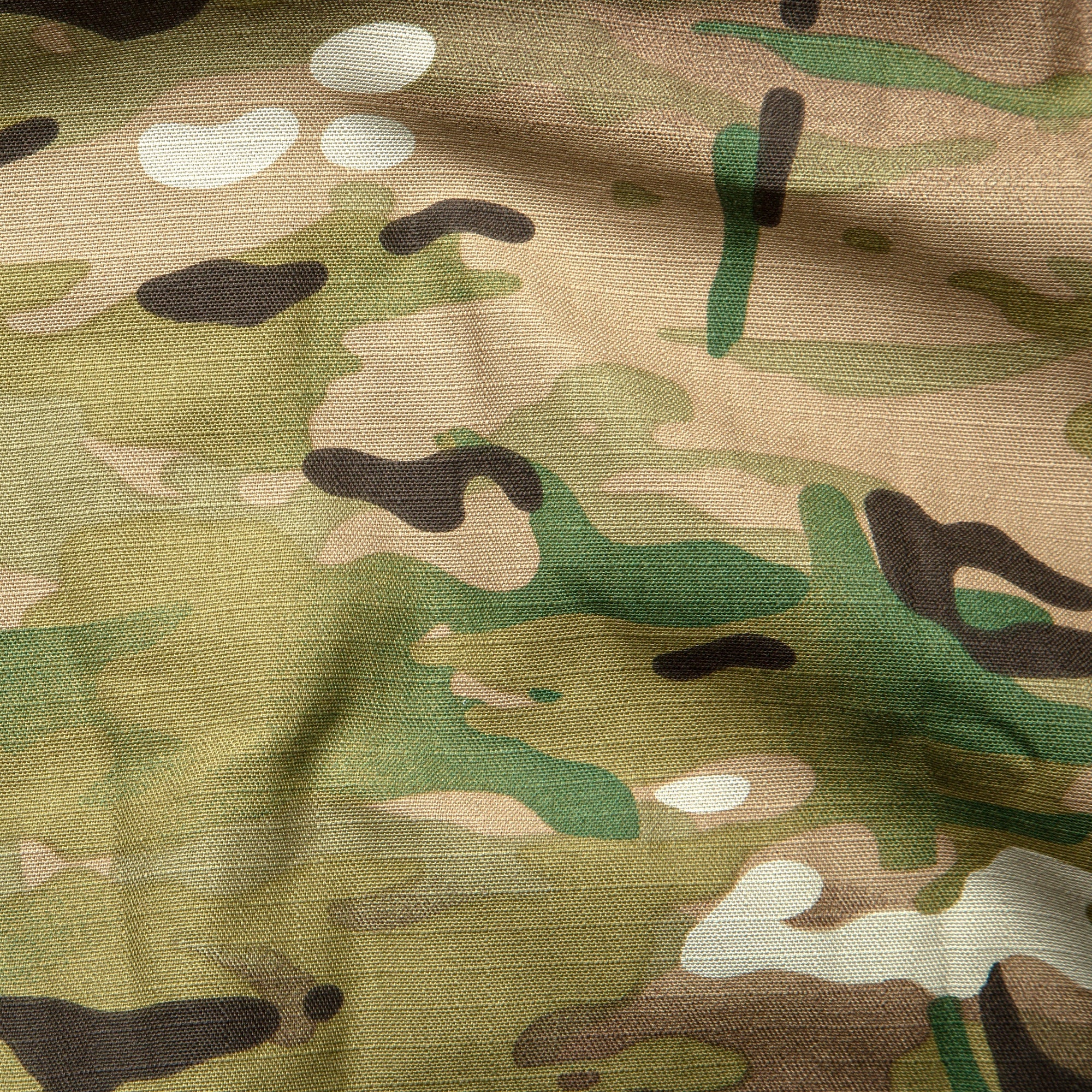In the mid-20th century, military ingenuity was often born out of necessity. Among the many examples of this resourcefulness is the Marine Nationale (French Navy) divers' use of parachute elastic to create makeshift watch straps. These straps, fashioned from surplus military parachute materials, became an iconic piece of diving equipment and left a lasting impact on watch strap design that persists to this day.
The Marine Nationale: A Legacy of Diving
The French Navy, or Marine Nationale, has a long and storied history in underwater operations. Beginning in the late 19th century and into the 20th century, the Marine Nationale developed a strong reputation for diving, conducting underwater exploration, salvage missions, and military operations.During the 1950s and 1960s, the Marine Nationale became heavily involved in military diving operations, and the development of diving equipment became a critical focus for its specialized teams. Divers required not only state-of-the-art equipment but also practical solutions for the rigors of deep-sea and tactical operations.
Central to a diver’s kit was the wristwatch—a vital tool for tracking time underwater, calculating dive durations, and ensuring safe decompression stops. At that time, dive watches from brands such as Blancpain, Rolex, and Zodiac were considered essential gear for military divers. These watches were rugged and reliable, but there was one problem: the standard watch straps issued by the military were not always ideal for underwater use.
The Need for a Better Watch Strap
The original watch straps provided with military-issue dive watches were typically made from leather, canvas, or early synthetic materials. While functional on land, these materials were prone to degradation in saltwater environments, becoming brittle, stiff, or uncomfortable after prolonged exposure. Leather straps in particular absorbed water and became weakened over time, while the metal bracelets of the era were not always adjustable enough to fit snugly over wetsuits or bulky diving gloves.Marine Nationale divers needed a watch strap that was:
- Water-resistant: Capable of withstanding saltwater immersion.
- Adjustable: Able to fit securely around bare wrists or over thick wetsuits.
- Durable and long-lasting: Resistant to wear and tear, without becoming compromised by repeated exposure to water.
It was out of this necessity that Marine Nationale divers began to look for more practical alternatives, which led them to repurpose elastic from surplus military parachutes.
Upcycling Parachute Elastic
Parachutes used by the French military during the post-World War II era were made from durable materials, with elastic webbing straps that were designed to withstand the significant forces of deployment. These elastic straps were strong, resilient, and, importantly, water-resistant, making them a perfect material for use in maritime environments.Marine Nationale divers began to upcycle the elastic from these parachutes to create their own custom watch straps. The elastic was easy to manipulate, and divers could fashion it into a makeshift strap by simply threading it through the lugs of their dive watches and securing it with a knot or a basic buckle mechanism. This improvisation resulted in a strap that was flexible, quick-drying, and comfortable to wear—ideal for divers operating in extreme underwater conditions.
The benefits of parachute elastic for watch straps included:
- Elasticity: The stretchable nature of parachute webbing allowed the strap to fit snugly around a diver’s wrist, expanding to accommodate the thicker wetsuits worn during dives.
- Water Resistance: The elastic material dried quickly and did not degrade from repeated exposure to saltwater, as leather or canvas straps would.
- Adjustability: Unlike fixed metal bracelets, these elastic straps could be easily adjusted by the wearer to achieve a perfect fit, making them practical for use both on land and underwater.
A Simple but Effective Solution
The Marine Nationale divers' parachute elastic watch straps were simple but effective. They did not feature complex buckles or clasps but were instead secured using rudimentary knots or loops. Some divers added metal hooks or clips salvaged from other equipment to serve as makeshift fasteners. The resulting watch straps were inexpensive, easy to replace, and highly functional.This DIY approach reflected the broader ethos of military innovation at the time—making do with what was available to solve a practical problem. While these straps lacked the refinement of commercially available alternatives, their performance and reliability more than made up for it.
The Influence of Marine Nationale Watch Straps on Modern Design
Though born out of necessity, the parachute elastic watch straps used by Marine Nationale divers gained a following among military personnel and civilians alike. These makeshift straps became a symbol of military diving ingenuity and practicality. Over time, the design concept spread beyond the French Navy, inspiring modern watchmakers and strap manufacturers to create Marine Nationale-style straps based on the original concept.
The modern Marine Nationale-style watch strap has become a popular choice for watch enthusiasts and collectors, especially those who appreciate vintage military designs. Today’s versions are typically made from nylon or elastic, sometimes retaining the signature simplicity of the original parachute elastic straps.
These modern straps, while made with updated materials and manufacturing techniques, preserve the core benefits of the original design: they are lightweight, comfortable, water-resistant, and easily adjustable, making them perfect for active lifestyles or diving enthusiasts.
In Short
The upcycling of parachute elastic into watch straps by Marine Nationale divers during the mid-20th century is a testament to the ingenuity of military personnel in adapting and repurposing available materials. Faced with the challenges of underwater operations, French Navy divers found a simple, effective solution by turning surplus parachute webbing into a reliable, adjustable, and water-resistant watch strap.This innovation not only solved a practical problem for the divers at the time but also left a lasting legacy in the world of horology. Today, Marine Nationale-inspired watch straps remain a popular choice among watch collectors and outdoor enthusiasts, embodying the spirit of military resourcefulness and timeless design.












Share:
The Development and Implementation of Coyote Brown in the US Military
The Development of the MultiCam Camouflage Pattern: An Evolution in Military Camouflage